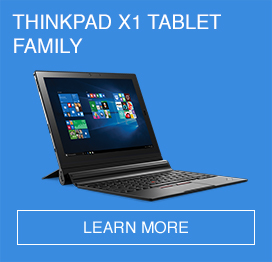Mobilising your business can increase productivity and improve customer interactions. Here are five important elements of a successful enterprise mobility program.
1. Develop an enterprise mobility strategy
First things first: what do you want to achieve by using mobile technologies? When developing your strategy, consider how mobility can improve productivity and create new opportunities for your business. What new interfaces or applications need to be developed, and what is the most effective and affordable approach? What processes need to be reviewed, what infrastructure upgraded, and which roles and responsibilities redefined?
2. Decide who owns the device
Determine whether a bring-your-own-device (BYOD) or choose-your-own-device (CYOD) policy is best for your business.
While a BYOD policy means you avoid the cost of purchasing a pool of devices, it does require your IT team to manage a wide range of device models, operating systems and software. It can be difficult to manage the corporate data stored on the devices, or recover or erase data if the device is lost or stolen.
A CYOD program gives you more control over the deployment and management of devices. You can ensure the devices all run the same operating system, software and applications, and implement standardised policies and processes to control how the device is used. The downside is you may face high procurement, maintenance and support costs.
3. Make sure corporate systems and devices are properly integrated
For enterprise mobility to work, staff must have seamless, secure access to corporate data and applications. Devices that are not properly integrated to existing systems can result in poor connectivity, an inability to access email and other enterprise applications, and make it hard for the IT team to track and manage devices. It’s best to consult an IT solution provider for advice on integrating corporate systems, mobile devices and wireless applications.
4. Ensure end-to-end security
Security is critical when it comes to mobility. Set up devices so that users can only access certain corporate documents and product information through a virtual private network. Data that should never leave company servers – product roadmaps, corporate plans – should be viewed on a virtual desktop.
While IT administrators can install updates and patches on corporate devices, staff using their own devices must be made aware they are responsible for downloading the latest security updates. As a safeguard, you can set up authentication and verification systems to deny noncompliant devices from connecting to corporate resources.
5. Keep track of mobile assets
You should develop comprehensive strategies for managing assets, particularly if there is a mix of BYOD and CYOD devices. It is also important to set out device authorisation and authentication processes, and determine who is responsible for monitoring the use of data and corporate resources. A mobile device management (MDM) solution can help secure, monitor, manage and support mobile devices deployed within a network by controlling and protecting data and configuration settings.
While not an exhaustive checklist, the five recommendations outlined here can help you take the first steps towards equipping your workforce with the mobile tools and applications they need to work smarter.
Lenovo® ThinkPad® products, powered by Intel® processors, are optimised for long, worry-free hours of superior productivity. You build the business, let our technology do the rest. Speak with one of the Lenovo business specialists today.

















